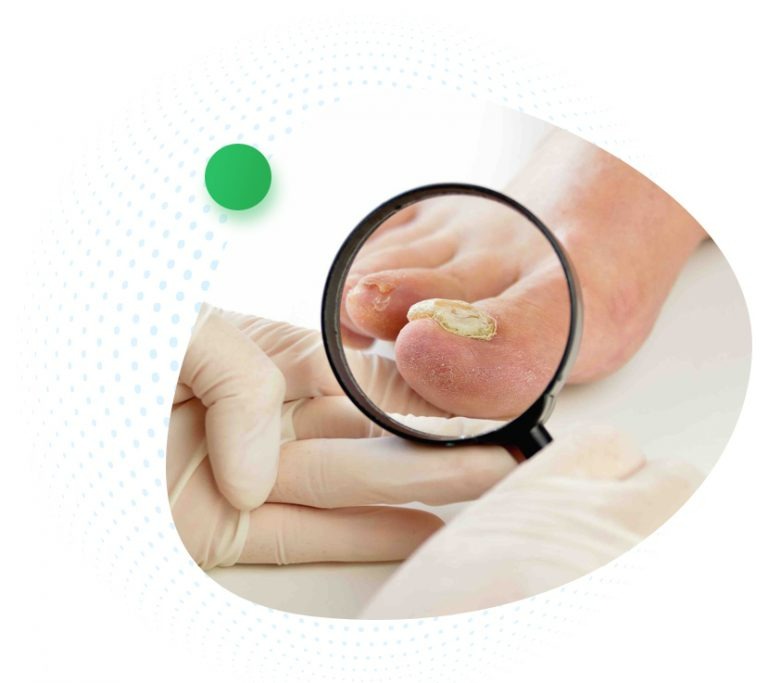Nail fungus Canada, also known as onychomycosis, is a common condition that affects the toenails and fingernails. It is caused by a fungal infection that penetrates the nail and the surrounding skin, leading to discoloration, thickening, and separation of the nail from the nail bed. If left untreated, nail fungus can cause pain and embarrassment and make walking or wearing shoes difficult. Fortunately, there are several effective treatment options available, including laser therapy.
How does laser therapy work?
Laser therapy involves the use of focused light to penetrate the nail and the surrounding tissue, killing the fungal spores. The pigment in the fungus absorbs the laser light, generating heat that destroys the infected cells. The laser used for nail fungus treatment is a special type known as an Nd: YAG laser, which can penetrate deep into the nail without causing damage to the surrounding tissue.
Advantages of laser therapy:
Laser therapy offers several advantages over other treatment options for nail fungus. It is a non-invasive procedure that does not require any surgical incisions, making it a safe and effective alternative for people who are not suitable for more invasive procedures. Laser therapy is a relatively fast procedure that can be completed in as little as 20 minutes, and it requires no downtime, making it an ideal option for people with busy schedules.
Moreover, laser therapy is highly effective, with a success rate of up to 90%. Unlike other treatments, such as oral antifungal medications, laser therapy targets the fungal infection directly, eliminating the need for a long course of treatment. This means that patients can expect to see improvement in the appearance and texture of their nails in just a few weeks after the procedure.
Risks and limitations:
While laser therapy is generally safe and effective, some risks and limitations should be considered. Some people may experience temporary discomfort, redness, or swelling in the treated area, and there is a risk of scarring or pigment changes in rare cases. Additionally, laser therapy may not be suitable for people with certain medical conditions, such as diabetes, or for those who are taking certain medications, such as blood thinners.
Nail fungus can be a persistent and embarrassing condition, but with the help of laser therapy, it can be effectively treated and eliminated. Laser therapy offers a fast, safe, and effective alternative to more invasive procedures, and it can help restore the appearance and health of your nails in just a few short weeks.
